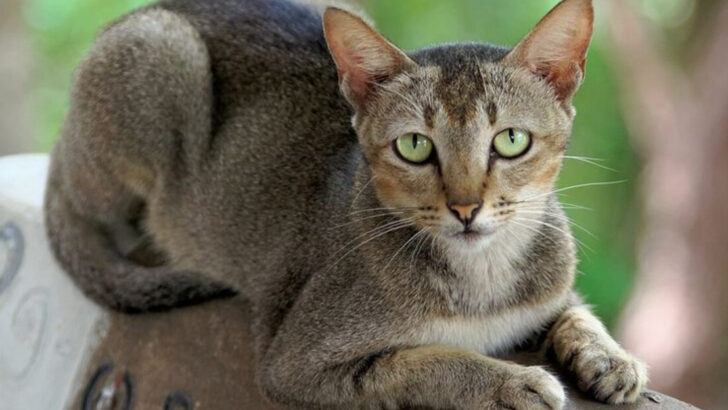Tabby cats, renowned for their striking fur patterns, have long fascinated cat enthusiasts and geneticists alike.
Each tabby coat pattern tells a story of genetic diversity and adaptation.
With distinct colorations and markings, these coats are not just visually appealing but also a testament to evolutionary processes.
This blog post delves into 14 unique tabby coat patterns, exploring their genetic underpinnings and what makes each one stand out in the feline world.
From classic stripes to intricate swirls, these patterns showcase the rich tapestry of feline genetics, offering insights into the complexity and beauty of nature’s design.
Classic Tabby
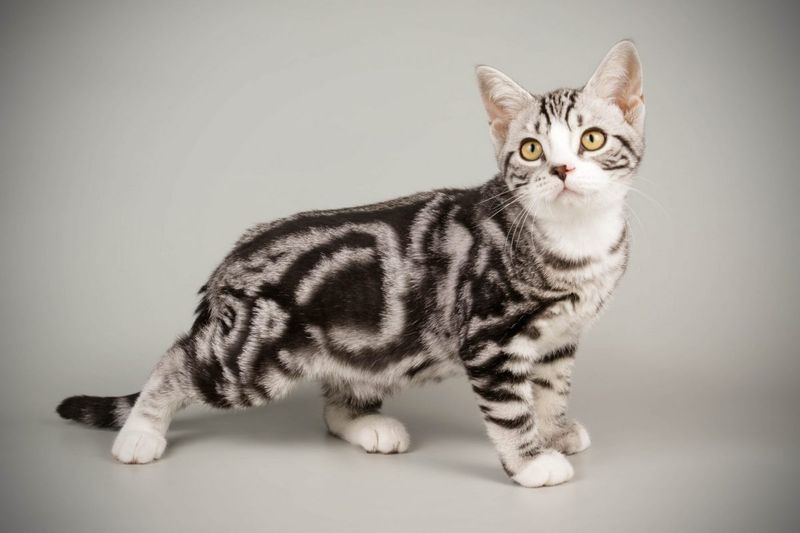
Known for its bold, swirling patterns, the classic tabby resembles marbled patterns found in nature. The broad, dark stripes create a striking contrast against the lighter background.
Evolutionary biologists suggest that these patterns may have evolved for camouflage, providing protection from predators in dense forests. Genetically, this pattern is influenced by the ‘Mc’ gene, which modifies the traditional mackerel pattern.
Each feline’s unique genetic makeup results in varying swirl designs, making every classic tabby distinct. Whether lounging in the sun or stalking prey, their coats offer both aesthetic appeal and functional advantage.
Mackerel Tabby

Mackerel tabbies are characterized by narrow, parallel stripes running down their sides, resembling fishbones. This pattern is the most common among tabby cats and is often described as ‘tiger-like’ due to its linear stripe arrangement.
The genetic basis for this pattern lies in the ‘T’ gene, which orchestrates the stripe formation. These cats often exhibit a signature ‘M’ shape on their foreheads, adding to their charm.
Their sleek coats and agile movements make them appear regal and dynamic, a living testament to the elegance of natural selection.
Spotted Tabby
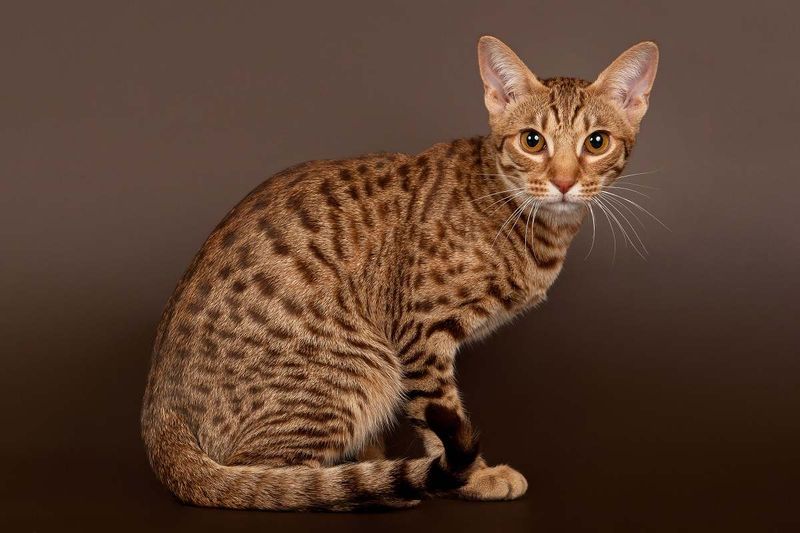
Spotted tabbies boast a coat dotted with defined spots instead of stripes. The spots give them a wild, exotic appearance, reminiscent of leopards or cheetahs. Each spot is unique, contributing to their mysterious allure.
This pattern is a variation of the mackerel tabby, influenced by the same genetic ‘T’ gene, with mutations altering stripe formation into spots. Spotted tabbies captivate onlookers with their playful and adventurous spirit.
Their coats are not only visually striking but also symbolize the diversity and adaptability of feline genetics.
Ticked Tabby
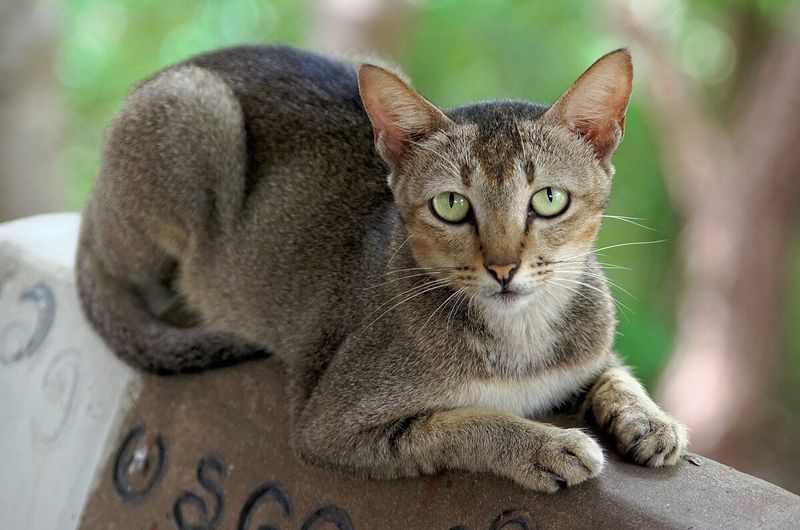
Ticked tabbies are masters of subtlety, with a coat that appears almost patternless at first glance. Their fur is interspersed with bands of color, giving a salt-and-pepper appearance. This camouflaging effect is perfect for blending into various natural settings.
The genetic mechanism behind this is the ‘Ta’ gene, which prevents the formation of stripes or spots. Instead, each hair shaft features multiple bands of color.
While less flashy than other patterns, ticked tabbies possess a quiet elegance, their coats testament to the nuance and intricacy of feline genetics.
Patched Tabby
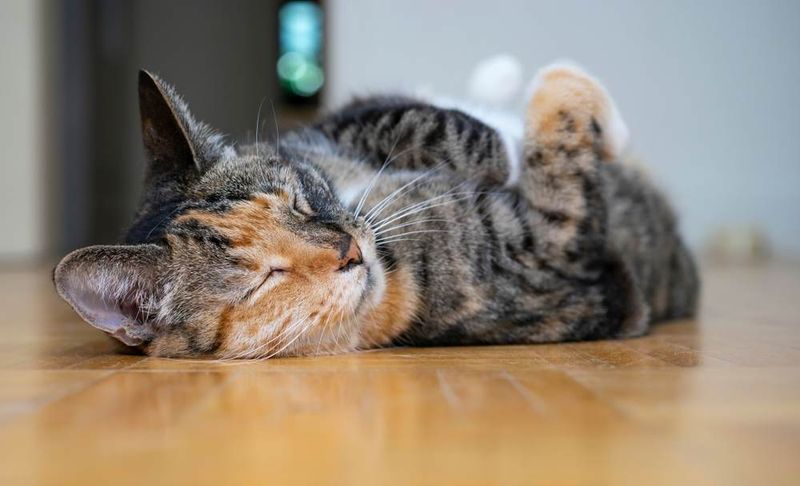
Patched tabbies showcase a unique fusion of colors, often featuring patches of red or cream interspersed with traditional tabby patterns. This vibrant coat is a hallmark of tortoiseshell and calico cats.
The patched appearance results from the interaction of the tabby pattern genes with the ‘O’ gene, responsible for orange coloration. These cats are often associated with a spirited and lively demeanor.
Their coats are not just a visual treat but also reflect the intricate dance of genetic traits, blending patterns and colors in mesmerizing harmony.
Silver Tabby
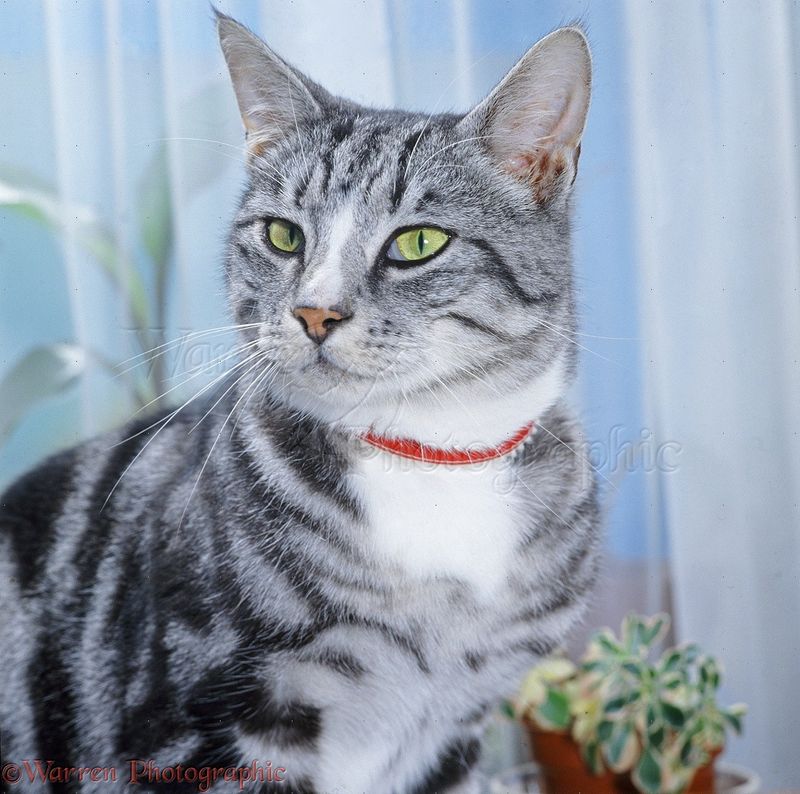
Silver tabbies are distinguished by their shimmering coats, where black stripes or spots contrast sharply against a pale silver background. This metallic effect gives them an almost ethereal beauty.
The silver coloration is due to the ‘Inhibitor’ gene, which suppresses yellow pigment production, allowing only the black pigment to show. This genetic trait highlights the tabby pattern with stunning clarity.
Silver tabbies often exude a sense of grace and poise, their glistening coats reflecting the light in captivating ways.
Brown Tabby
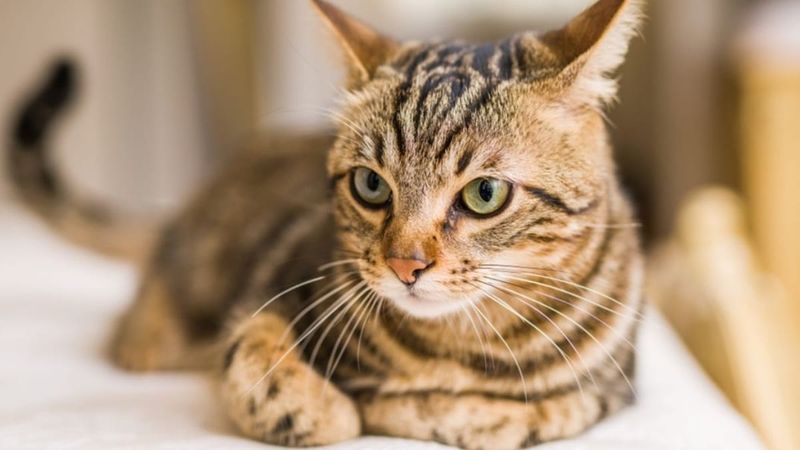
Brown tabbies are classic, their rich brown coats interwoven with black stripes creating a warm, earthy appearance. This pattern is one of the most common and beloved among cat lovers.
The genetic palette for this pattern involves the ‘B’ gene, which dictates the distribution of eumelanin, responsible for black and brown pigments. This results in varying shades of brown, from light tan to deep chocolate.
Brown tabbies often embody a down-to-earth charm, their coats echoing the natural beauty of forests and wilderness.
Blue Tabby
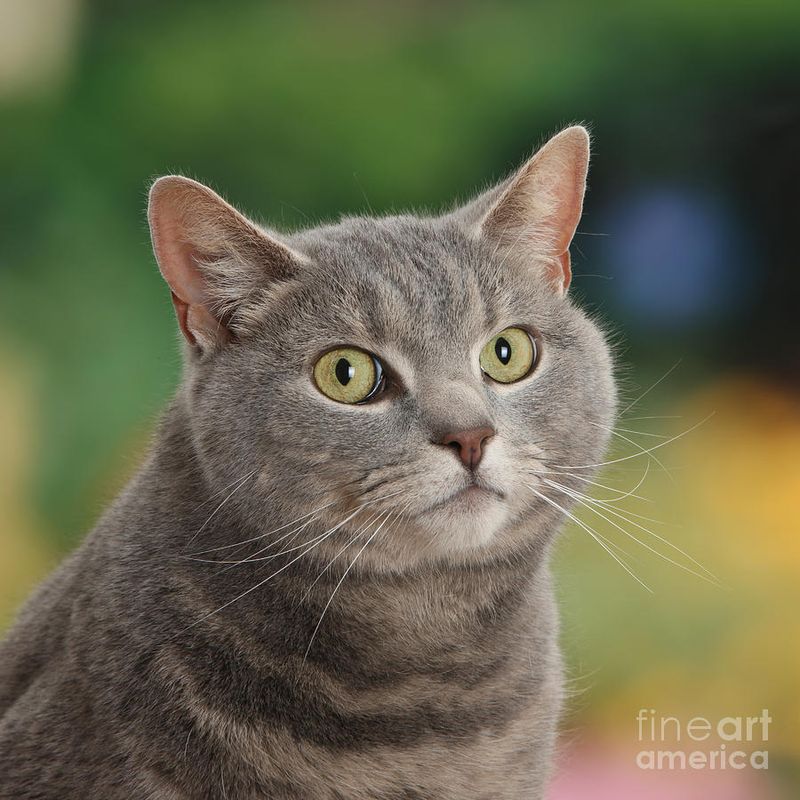
Blue tabbies are a sight to behold with their soft, blue-grey coats adorned with delicate stripes. This cool, muted palette distinguishes them from their warmer-toned counterparts.
The blue hue arises from a dilution of black pigment, governed by the ‘d’ gene. This gene reduces the intensity of the black, turning it into a bluish-grey shade.
Blue tabbies often project a serene and tranquil aura, their gentle coloring reminiscent of misty seascapes or twilight skies.
Red Tabby
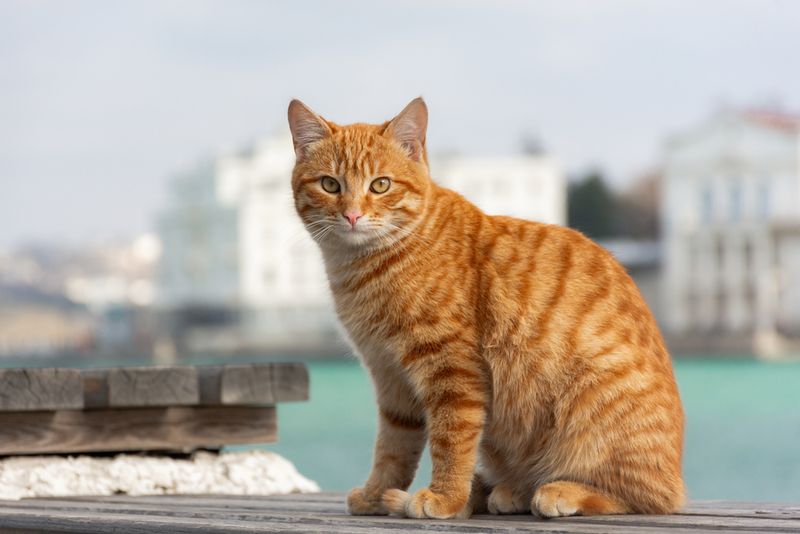
Red tabbies command attention with their vibrant orange-red coats, marked by bold stripes. The fiery coloration exudes energy and warmth, making them popular among cat enthusiasts.
The ‘O’ gene is responsible for this striking red hue, influencing the eumelanin pigment to produce orange instead of black. These cats are often associated with playful and lively personalities.
Their vivid coats do more than catch the eye; they express the dynamic interaction of genetics, where color and pattern fuse into a living work of art.
Cream Tabby
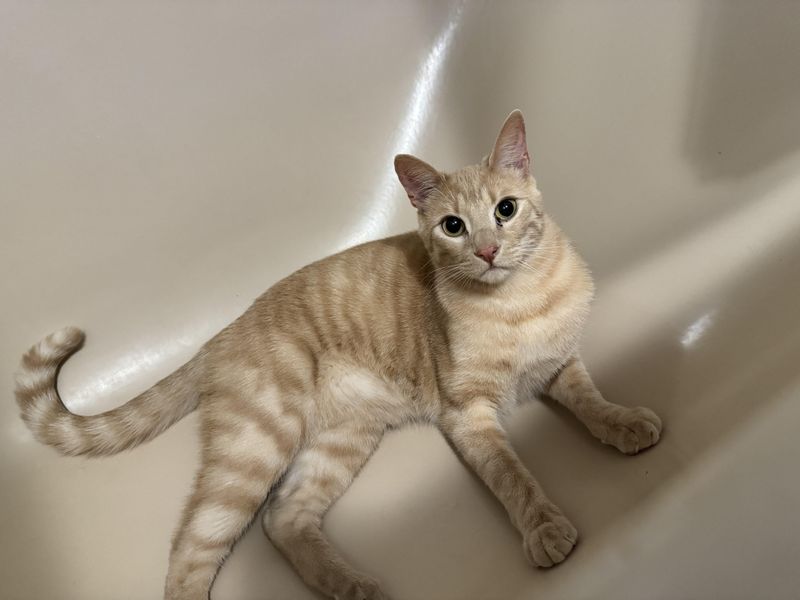
Cream tabbies are known for their subtlety, with pale cream stripes on a lighter background creating a gentle and soothing appearance.
This soft coloration is a diluted form of the red tabby pattern. The dilution is controlled by the ‘d’ gene, reducing the intensity of the orange pigments to a soft cream shade.
Cream tabbies often exude a calm and gentle presence, their soft hues evoking a sense of peace and tranquility, akin to the first light of dawn or the warmth of a summer afternoon.
Chocolate Tabby
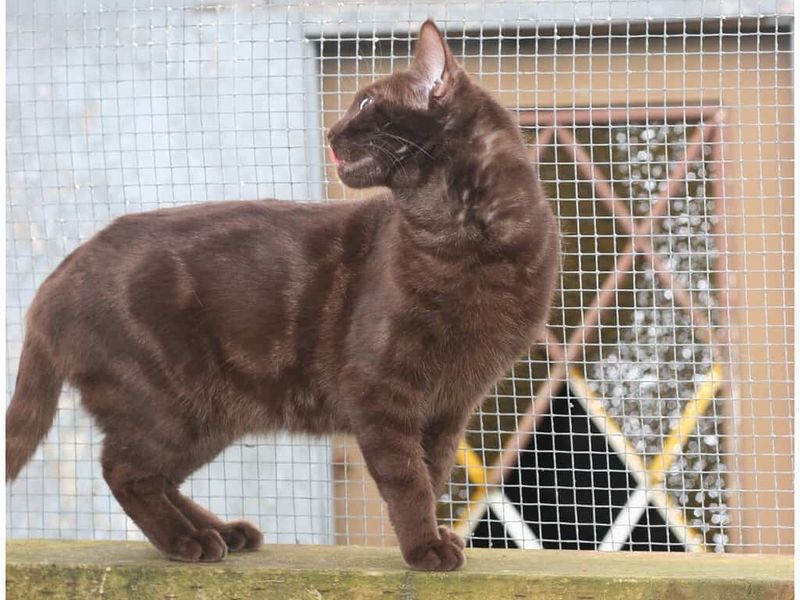
Chocolate tabbies enchant with their rich cocoa-colored stripes against a lighter milk chocolate background. This luscious, warm palette is both rare and delightful.
The ‘b’ gene variant is responsible for the chocolate coloration, altering black pigment to a chocolate hue. These cats often carry an air of mystery and sophistication, their coats akin to a luxurious tapestry woven by nature.
Chocolate tabbies showcase the sheer diversity of feline color genetics with their unique and captivating appearance.
Cinnamon Tabby

Cinnamon tabbies bring warmth and spice with their reddish-brown coats, marked by cinnamon-colored stripes. This rare pattern is a variant of the chocolate tabby, with even lighter and warmer hues.
Genetically, the ‘b’ gene and its specific alleles modify the standard black pigment to create this cinnamon shade. These cats often seem to possess an adventurous spirit, their unique coloration reminiscent of exotic spices and far-off lands.
Cinnamon tabbies add a touch of the extraordinary to the everyday feline experience.
Fawn Tabby
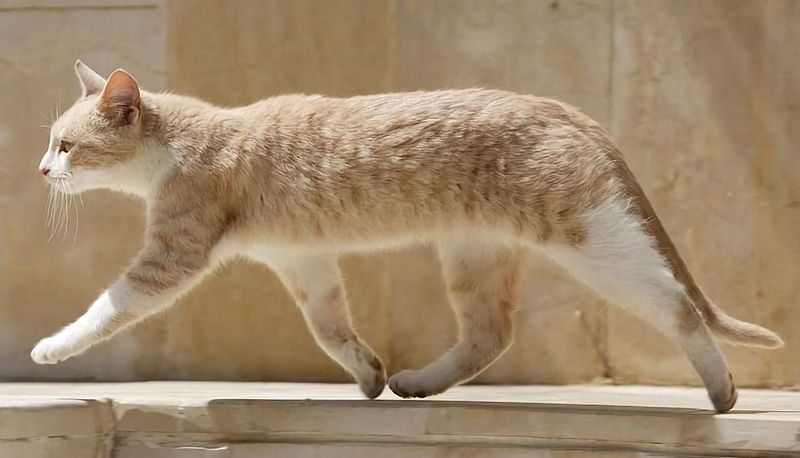
Fawn tabbies are dainty and delicate, featuring soft, fawn-colored stripes on a pale beige background. This gentle coloration is a diluted form of the cinnamon tabby pattern.
The dilution is due to the ‘d’ gene, which lightens the cinnamon pigment to a soothing fawn shade. Fawn tabbies often evoke a tender, whimsical feeling, their gentle coloring reminiscent of pastoral scenes and serene landscapes.
These cats are a testament to the subtle beauty found in nature’s genetic palette.
Lilac Tabby
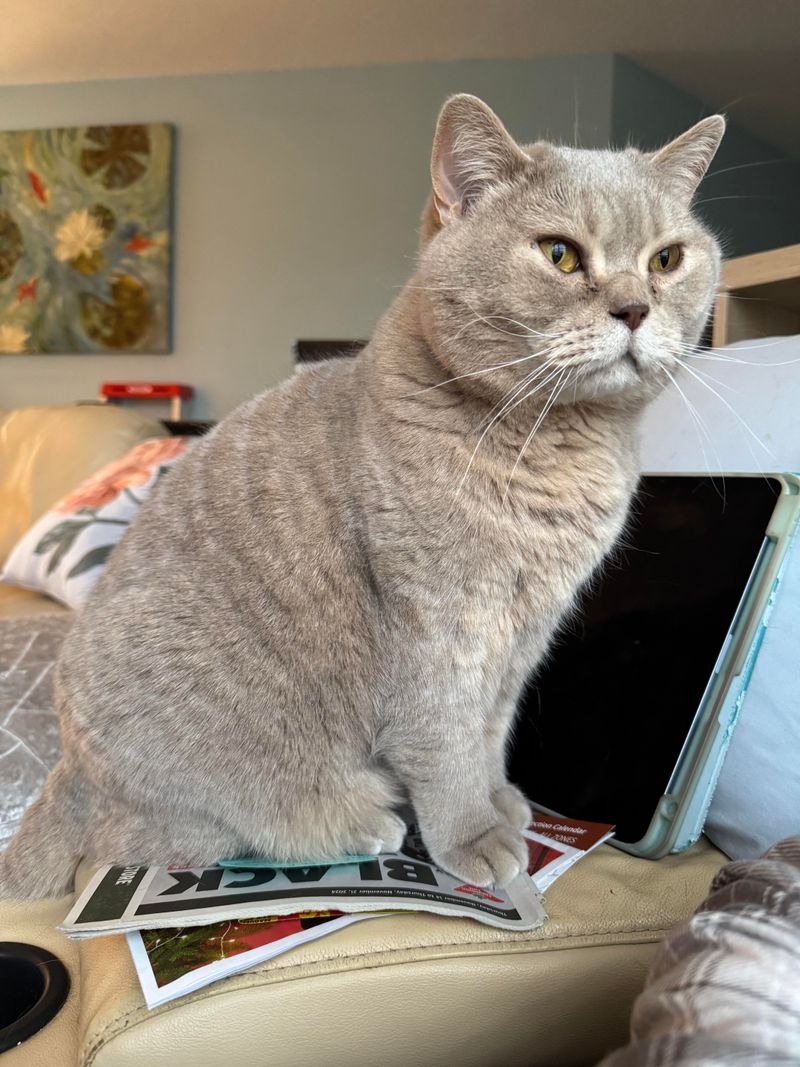
Lilac tabbies captivate with their soft, pastel lilac coats, a delicate blend of pinkish-grey tones. This unusual coloration distinguishes them from more traditional tabby patterns.
The lilac hue results from the combination of dilution (‘d’ gene) and chocolate (‘b’ gene) genetics, further lightening the chocolate to a lilac shade.
Lilac tabbies often seem to carry an ethereal quality, their muted tones reminiscent of twilight evenings or gentle spring blooms. Their unique coloring showcases the enchanting possibilities within feline genetics.

